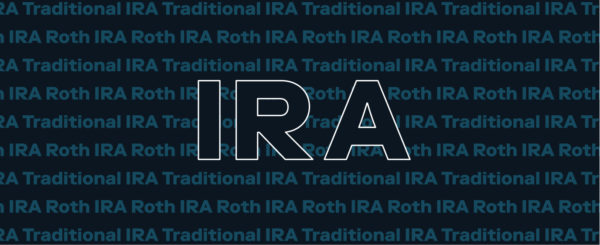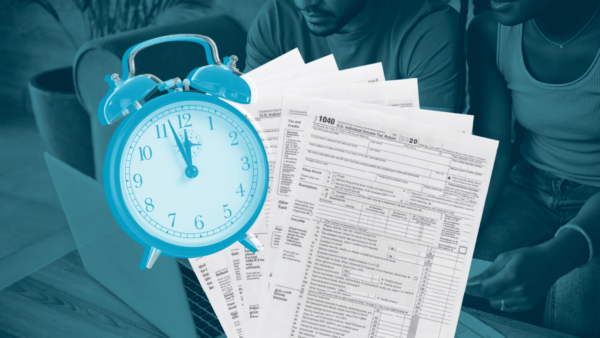Oct 17, 2018
How to Start Saving and Planning For Retirement After 30
Over 30? You’re getting old. And you’d better start saving and planning for retirement sooner rather than later.

Congratulations! You made it to your 30s.
You’re still young (don’t let anyone tell you differently!) but you’ve got nearly a decade of work experience and wisdom under your belt. Maybe you’ve settled down with a family. Or maybe you’re still recovering from your wild 20s. In short, you’re an adult and not just “adulting.”
A great way to kick off your 30s is to start planning and saving for retirement. We explain why starting now is the best way to YOLO later.
Why plan and save for retirement after 30?
Consider this: Most Americans have saved only 12% of what they need to retire, according to government data. That’s not a lot of time to enjoy time with your family by the fireplace or shuffleboard with your oldest friends.
We get it. It can be difficult to get excited about saving for retirement. You’re in your 30s, not your 60s. After all, we can probably use that money now, for more immediate needs, like our bills and monthly expenses.
It’s all about getting into the habit of putting money aside. Once you start (and automate the process), you’ve already ahead of the game.
And, most likely, ahead of your peers.
Haven’t started saving yet? You’re not alone.
If you haven’t been saving and are starting to panic that you’ve missed the boat and will never catch up, you’re not alone.
A recent survey reveals that as much as 21% of Americans have absolutely nothing saved for retirement, and another 10% have less than $5,000 socked away.
Your parents and grandparents don’t necessarily have it together either. One in three Baby Boomers—which is the generation closest to retirement—have less than $25,000 saved.
And while it’s often recommended that you have well more than $1 million saved up before you retire at age 65, the current median retirement savings for Americans in their 60s is only $172,000, according to industry data.
So why bother? Retiring without any kind of savings is tough, especially considering that Social Security is probably not going to be nearly enough to make ends meet.
As a result, many retired Americans are being dragged back into the workforce, where many are stuck in low-wage, often part-time or contract jobs. No exploring ghost towns or playing Bird Bingo with the grandkids.
But this is a scenario you can avoid if you start taking your retirement planning seriously, and as soon as possible.
Want to learn more about what you expect to have saved by retirement? Check out our retirement calculator.
Your post-30 retirement savings to-do list
Ready to take action? Here are some things you can do immediately to get yourself on the right track.
- Sign up for a 401(k), if possible. A 401(k) is an employer-sponsored retirement fund which deducts pre-tax dollars from your paycheck, and if your company offers one, sign up and start contributing. Some employers offer a “match”, in which they’ll match your contributions up to a certain percentage. Free money!
- Open up an IRA. You can also open an individual retirement account, or IRA (traditional or Roth IRA). They’re tax-advantaged accounts that are tailor-made for helping Americans save for their retirement.
- Max out your contributions. If possible, max out your contributions to supercharge your retirement savings. For an IRA or Roth IRA, you can contribute a maximum of $6,000 per year, or $12,000 for a married couple in their 30s. The annual maximum for a 401(k) is $19,000.
- Rethink your retirement timeline. You may need to push back your expected retirement date if you’re playing catch-up. If you haven’t given it much thought, start planning a few decades in advance, and create a timeline.
Get Stash Retire
If you’re in your 30s, it’s not too late start planning for your retirement. It’s actually the perfect time. And you don’t need a pile of cash to start.
Related Articles

How to Start a Roth IRA: A 5-Step Guide for 2024

What Is a Traditional IRA?

How Much Do I Need to Retire: A Guide for Retirement Saving [2024]

Roth vs. Traditional IRA: Which Is Best for You in 2024?

How To Plan for Retirement

Why It Can Pay to File Your Taxes Early





